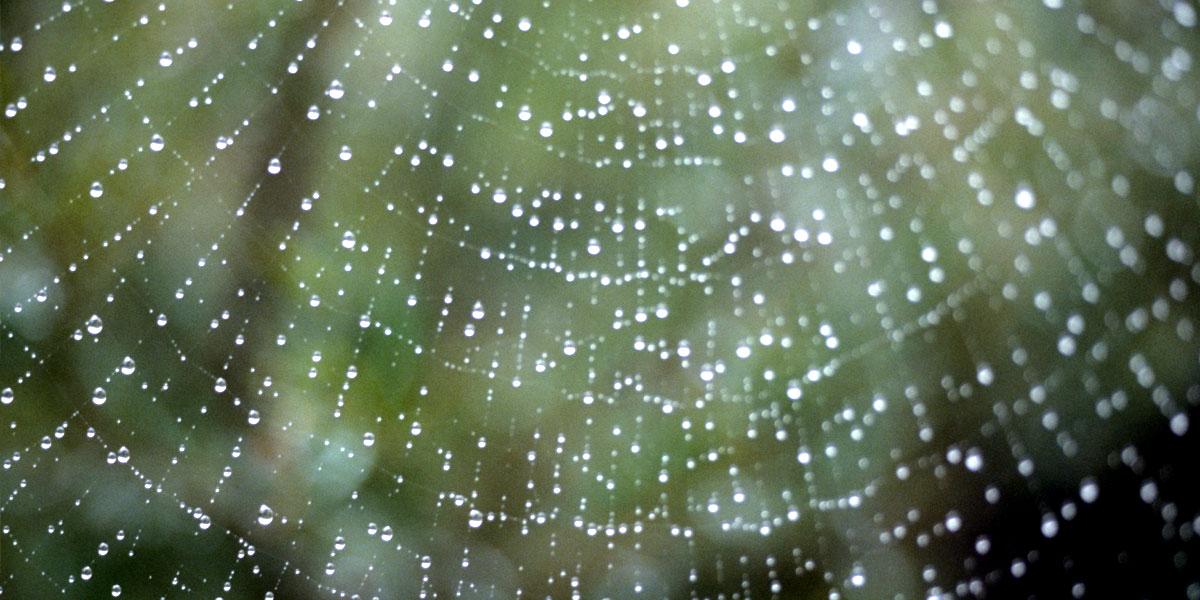Recently, both the Wall Street Journal and New York Times disappointingly pushed the myth that the Web is in decline, and that Native Apps are taking over. Saying that native apps are killing the web is incorrect. It just doesn’t work that way. It’s a misunderstanding of what the web is and how content works across platforms. Native apps are not competing against the web. One can’t kill the other, the wayCDs killed cassette tapes.
Apps use the web
Driving the misconception is the latest statistic from Flurry: that only 14% of the time spent on a mobile device is in aweb browser,and the other 86% is inapps.Flurry sells ads in apps. It’s in their interest to get users to believe that native apps are the new sliced bread, and in a way they are, but not because the web is in decline. It’s the opposite.Native apps and the web are integrated in many ways. Widely-used apps like Facebook have a web browser built into them. When you click on your friend’s article in your feed, it takes you to the websitewithin the app.The app is also pulling in web content and customizing its presentation for the user. A web browser like Chrome or Safari is designed to interpret all web content. A native mobile app doesn’t need all of the web’s infinite content, just a sliver, and so an app isable to deliver the contentcleaner and faster.Many popular apps (e.g. Twitter, YouTube, iTunes) rely on their web servers for content. If you use those apps, you’re browsing the web. The app is just the skin.
What is the web, then?
The simplest way to explain the relationship is with this handy chart1:

Native apps aren’t in opposition to the web, they are a layer on top of it. The web is where the content comes from. Many native apps contain web elements (like HTML).
When digital content is transferred through HTTP, that’s the web. It’s the way that content is sent between a web server and someone’s smartphone. It differs from other internet protocols such as Email or SMS (text messages).If we only think of the web as a window with a URL bar at the top, then we’re not considering how all that content is connected. We’re ignoring what makes it a web.
Blurred lines
Since Wired declared that the web was dead ten years ago, countless platforms and apps have been built on top of it. Take Cards, the content microformat by Twitter. It is purely web content, but will likely be used in mobile apps (like Wildcard) because of the brevity.
The “chrome” of the browser (the URL bar and forward/back buttons) is receding from modern devices. Soon it won’t even matter what is and isn’t considered “the web.” The Native App and Web circles in the above diagram will completely eclipse.
At the end of the day, it’s about humans creating and sharing content, so don’t make the mistake of thinking Native Apps and the Web are somehow opposed to one another. Whether it’s your tap or your hose, the water in your house comes from the same place.
- Reappropriated from John Gruber‘s Web 2.0 Expo talk, 2010



